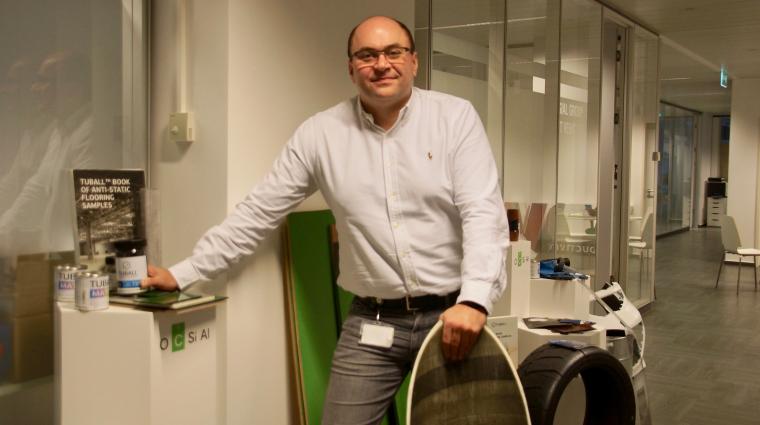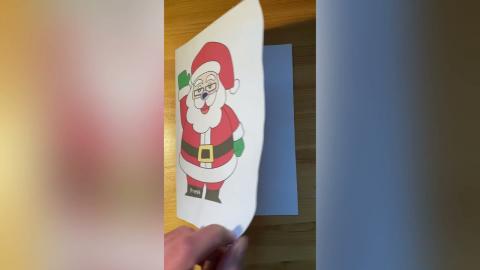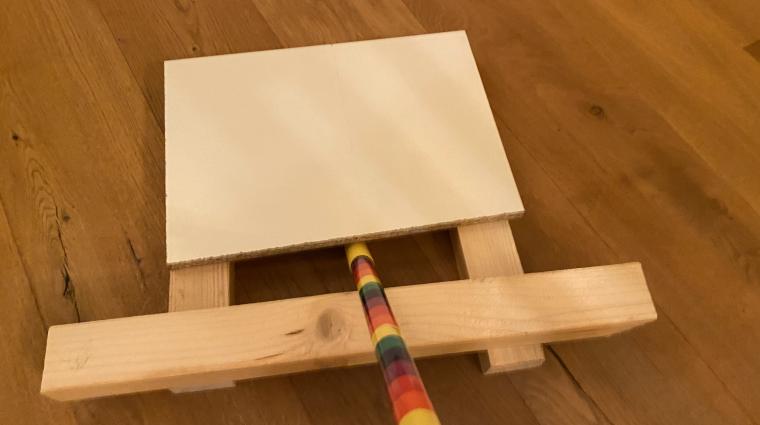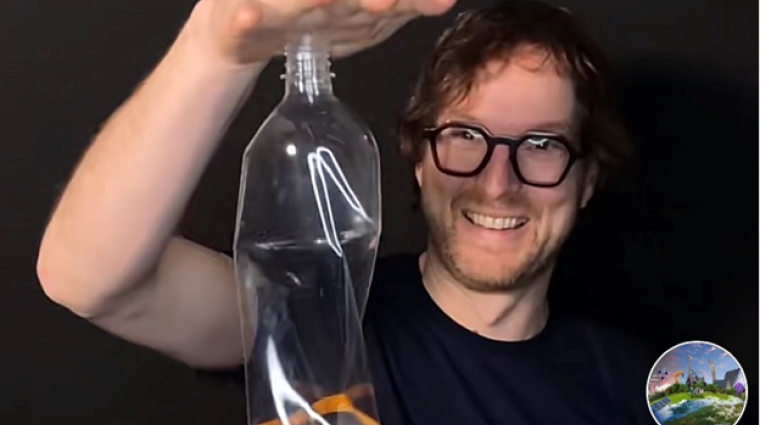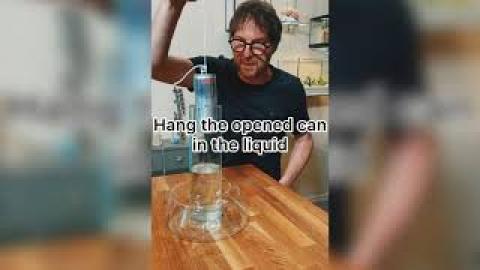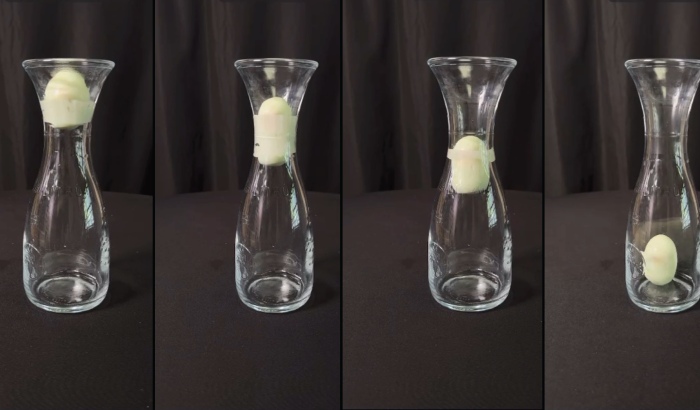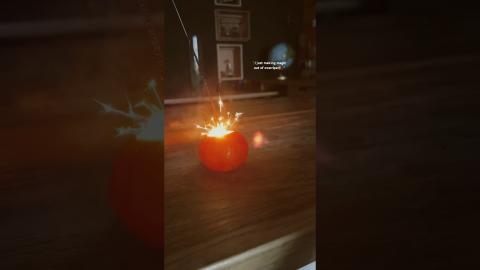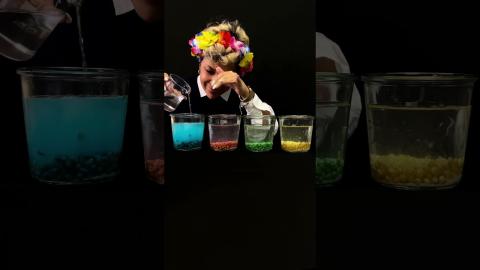OCSiAl
Infobox
10 minutes or more, depending on your creative inspiration.
- Any piece of paper
- A light-emitting diode (LED) in your favorite color, which can be bought in an electronic components shop or from online retailers
- A battery (we used a 9 Volt alkaline battery)
- Conductive ink (or a suspension containing 0.4% of graphene nanotubes, like we used here, see Tips for further info). Conductive ink can be purchased from online retailers or well-stocked art suppliers.
Safety measures
- An adult should monitor the experiment.
- When working with nanotubes, as with any chemicals, gloves and protective glasses should be worn.
- Commercially available conductive ink is often non-toxic but it’s still good to wear gloves.
Procedure
On your piece of paper, draw an outline of a Christmas tree with the nanotube suspension or conductive ink. You can use any convenient stick or brush. The two most important things are not to break the lines and to avoid closing the circuit: leave the drawing slightly unfinished—do not connect the lines at the top or at the bottom to leave spaces for the other components of your electrical circuit. After drying your drawing, “connect” the battery at the free ends of the outline at the bottom of the picture and the LED at the top of the Christmas tree. The LED should then light up. If it doesn’t, try changing the orientation of the LED (or the battery).
Principle
Graphene nanotubes are essentially extremely thin rolled up sheets of graphene, a special form of carbon. Graphene is also structurally related to graphite, which, for example, is contained in pencils.
Graphene nanotubes are excellent conductors. The reason is hidden in their structure: a single, two-dimensional layer of carbon atoms that are bonded together in a “honeycomb mesh” are seamlessly rolled up to form hollow, three-dimensional cylinders. Because each carbon atom is only bonded to three other carbon atoms, each has one free valence electron available for electrical conduction, making individual carbon nanotubes much more electrically conductive than copper for example.
When added to liquid, graphene nanotubes intertwine and create a conductive network. The lines drawn with such a nanotube suspension act like wires connecting the current source (in our case, the battery) with the LED and it lights up.
Commercially available conductive ink is usually a suspension of graphite or silver.
Everyday life
Graphene nanotubes have unique properties: incredible strength, flexibility, high electrical and thermal conductivity, resistance to high temperatures, a record length-to-diameter ratio, and a large surface area. These properties make them the only universal additive that can improve or create a set of new specific characteristics in a multitude of materials. Applications include composite materials and reinforced plastics, industrial coatings, car tires and rubber technical goods, structural materials, lithium-ion batteries, and more.
Tips
- For this experiment, you could actually use a more accessible conductive fluid: salt water. But it will only conduct current while it is still wet, so this is not very practical for drawing a Christmas tree on dry paper.
- For education purposes only, we used TUBALLTM graphene nanotubes from the Luxembourg company OCSiAl—the world’s largest manufacturer of this wonder material. To learn more about OCSiAl’s activities in Luxembourg, visit the company’s website. Please note that this material is however only available for commercial and research purposes.
- Other types of conductive ink are available commercially and were used in this experiment.
Author: Beket Kanagatov, Anastasia Zirka (OCSiAl)
Editor: Michèle Weber (FNR)
Video: Anastasia Zirka (OCSiAl)
Music: Dance of the Sugar Plum Fairies (Tchaikovsky)

